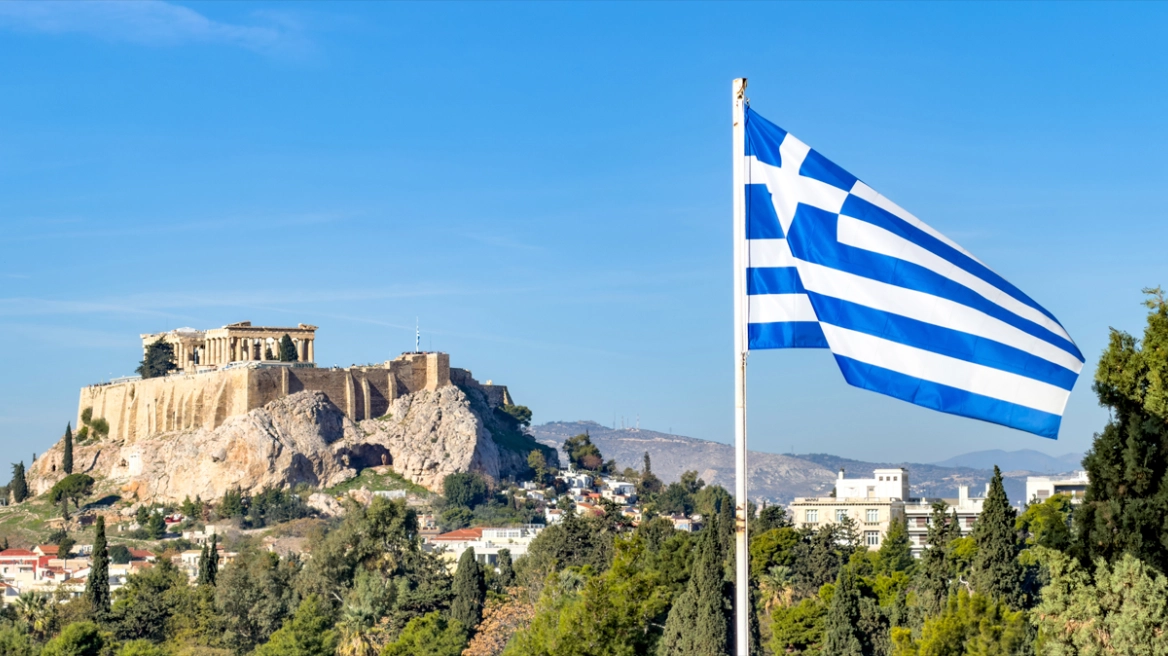Slipping into the chilly waters of the Baltic sea, the divers descended more than 60 meters to where the masts of the Jönköping lay strewn across the seabed. They glided past the wounds left when the Swedish schooner was sunk by a German U-boat in 1916 to home in on the rare treasure they had come for: thousands of bottles of 1907 Heidsieck champagne.
For more than eight decades the bottles had sat undisturbed on the seabed, cloaked in darkness and protected by near-constant temperatures and pressure. Photographs showing the bottles being gingerly raised from the sea by the divers in 1998 soon began to circulate, accompanied by rave reviews from impromptu tastings of the precious cargo.
In Spain’s Basque country, the discovery added to the list of wine-laden shipwrecks that had long captured the imagination of Borja Saracho, a keen diver. Could the sea’s dark depths, gently rocking tidal movements and constant temperatures hold the secret to creating great wines? “We decided there was an opportunity to find out what was going on in these shipwrecks,” he said.
Critics say Turkey’s unfinished nuclear plant already redundant
New York Post: Researchers create nose-only COVID-19 masks to wear while eating
Working with a small team, he secured permission to rent 500 square meters of seabed in the bay of Plentzia on Spain’s north coast, sinking specially designed structures capable of storing wine while also acting as an artificial reef. Winemakers across the country soon joined in the experiment, sending bottles of wine for Saracho to plunge into the sea.
Read more: The Guardian
Ask me anything
Explore related questions





